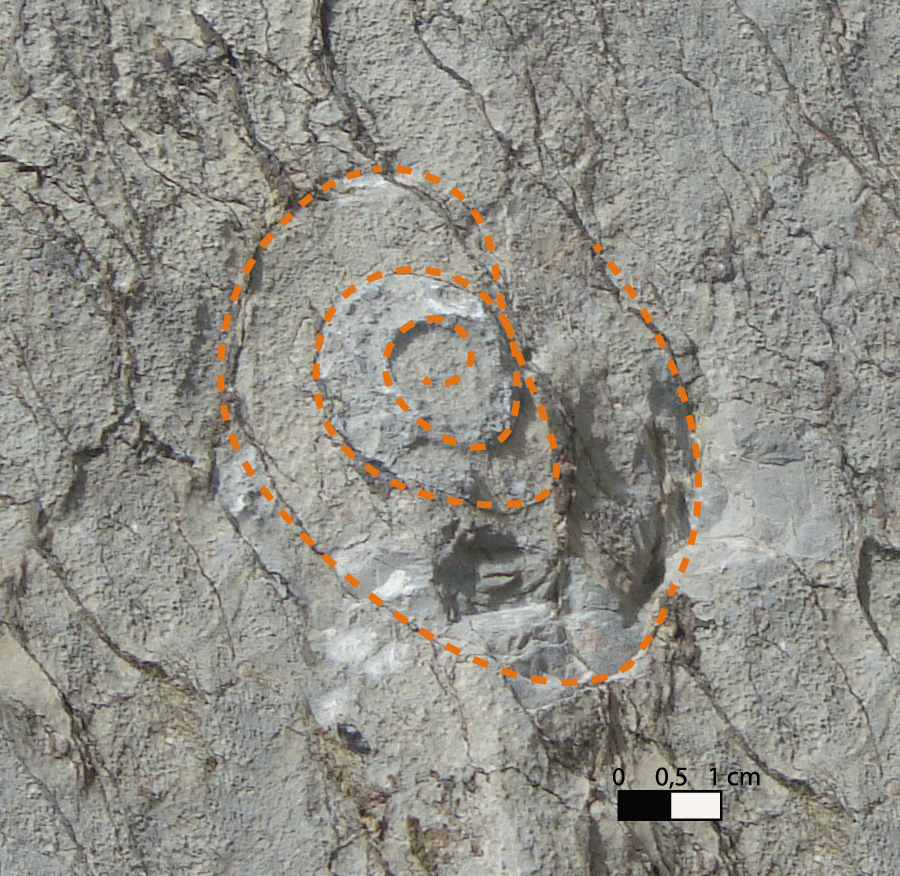Arrived to this point, we can clearly distinguish spiral-shaped fossils in the rocks: they are Goniatites dating back to the Devonian period, about 370 million years ago. These are the extinct ancestors of Ammonites. The remains of Conodonts’ teeth, unfortunately not visible to the naked eye, are geologically much more significant. The teeth are the only fossilised remains of these sea inhabitants, now extinct. They are very useful for dating the rocks in a precise way, since they have evolved in a rather short time. Despite this, the Conodonts remained a mystery for more than 100 years, until 1983, when the fossilised remain of a whole animal was found for the first time. Thanks to this discovery we know that Conodonts were 4-5 centimetres long and looked vaguely like an eel.
Cerca
Ultimi Post
- The temporary exhibition “The Wonders of the Underworld – Ampezzo, 20th June 2020
- The Geological Museum in Ampezzo opens next Saturday
- The temporary exhibition “Fossil fish from the Friulian Alps” opens again
- Coronavirus Emergency – extraordinary closing
- Presentation conference – book “INSIDE THE CARNIC ALPS” – Udine, 25th June 2019

